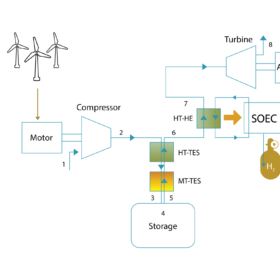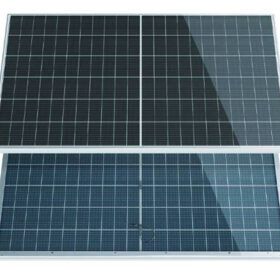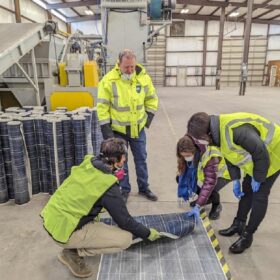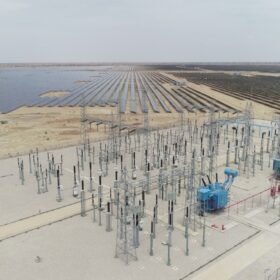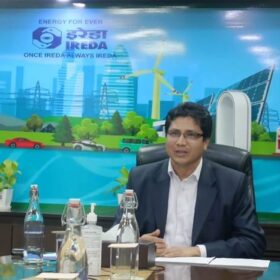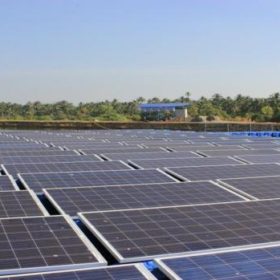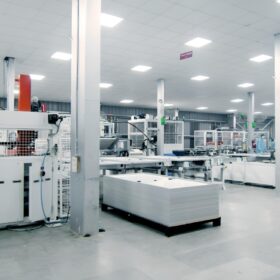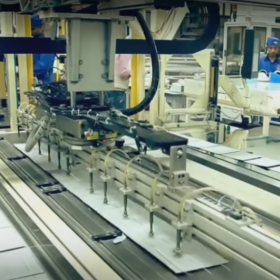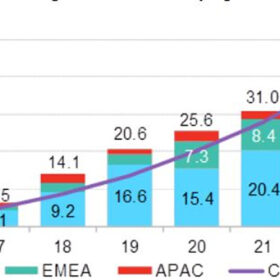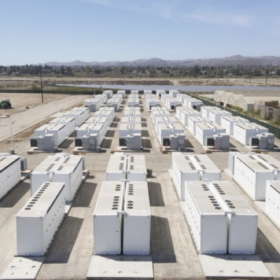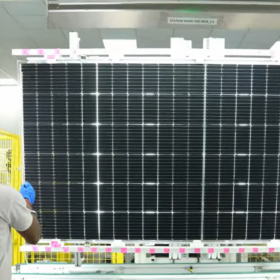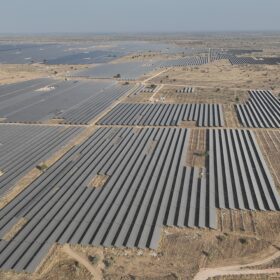Green hydrogen, power generation tech based on compressed air storage, solid-oxide electrolysis cells
Scientists in Korea have developed a compressed air storage system that can be used as a combined cooling, heat, and power system and provide heat and power to solid-oxide electrolysis cells for hydrogen generation. It showed an overall roundtrip efficiency of 121.2% and over-unity efficiencies in the range of 100% to 120%.
Prime Minister Narendra Modi to lay the foundation stone of NLC’s 300 MW solar power plant in Rajasthan
High-efficiency bifacial PV modules manufactured in India will be installed for the 300 MW Barsingsar solar project in Rajasthan. The project is set for commissioning by September this year.
SEG Solar unveils 700 W TOPCon solar modules with 22.53% efficiency
SEG Solar says its new panels have a temperature coefficient of -0.30% per C. They come with a 30-year power output guarantee for 87.4% of the initial yield.
Qcells, Solarcycle aim to jointly recover 95% of solar panel value
Qcells and Solarcycle have established the first US solar recycling alliance.
Prime Minister Narendra Modi to dedicate NTPC’s 300 MW Nokhra solar project to the nation
Spread over 1550 acres in the Bikaner district of Rajasthan, the project is being executed under the CPSU Scheme (Phase-II) with an investment of INR 1,803 crore to ensure green power to the state of Telangana.
India needs INR 30 lakh crore investment during FY 2024-30 to meet its COP Climate Pledges: IREDA CMD
The investment is required in building capacities across solar, hydro, wind, and waste-to-energy sectors, green hydrogen (including electrolyzers), batteries, and transmission.
NTPC launches 1.5 GW solar tender
NTPC has invited bids to set up 1.5 GW of solar power projects on a build-own-operate basis anywhere in India.
Gautam Solar supplies 60 MW PV panels for PM KUSUM Scheme
Under PM KUSUM Scheme, farmers can set up solar plants on their barren or uncultivable agriculture land and benefit from selling the electricity generated to the local Discom.
Alpex Solar stock lists at 186% premium to IPO price
Alpex Solar stock listed at INR 329 on NSE Emerge, a 186% premium over the fixed price band of INR 115. The IPO comprised fresh issue of 64.8 lakh equity shares with a face value of INR 10 per share.
Corporate PPAs hit record high in 2023, says BloombergNEF
BloombergNEF says in a new report that corporations publicly announced 46 GW of solar and wind power purchase agreements (PPAs) in 2023, up 12% year on year. It says the increase was driven by a surge of activity in Europe.
